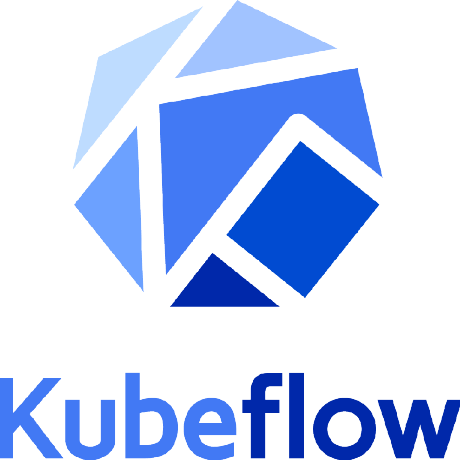Discover and explore top open-source AI tools and projects—updated daily.
pytorch-lightning by  Lightning-AI
Lightning-AI
Deep learning framework for pretraining, finetuning, and deploying AI models
Top 1.2% on SourcePulse
PyTorch Lightning is a framework designed to streamline the training, finetuning, and deployment of AI models, particularly for large-scale or multi-device setups. It targets AI researchers and engineers by abstracting away boilerplate code, allowing them to focus on model architecture and scientific experimentation while maintaining flexibility and control.
How It Works
PyTorch Lightning organizes PyTorch code by separating the "science" (model definition, loss calculation) from the "engineering" (training loops, hardware acceleration, distributed training). It achieves this through LightningModule and Trainer classes. LightningModule encapsulates the model, optimizer configuration, and training/validation steps, while Trainer handles the execution logic, including device placement, mixed precision, and scaling strategies. This approach simplifies complex training setups and promotes code readability and reproducibility.
Quick Start & Requirements
- Install:
pip install lightningorconda install lightning -c conda-forge - Requirements: Python 3.7+, PyTorch. Optional dependencies for advanced features can be installed with
pip install lightning['extra']. - Docs: https://lightning.ai/docs/pytorch/stable/
- Examples: https://lightning.ai/docs/pytorch/stable/examples/
Highlighted Details
- Supports seamless scaling across multiple GPUs, TPUs, and nodes with zero code changes.
- Offers advanced features like mixed-precision training, experiment tracking (TensorBoard, W&B, etc.), checkpointing, and early stopping.
- Includes
Lightning Fabricfor expert control over training loops and scaling strategies, suitable for complex models like LLMs and diffusion models. - Provides utilities for exporting models to TorchScript and ONNX for production deployment.
Maintenance & Community
Maintained by a core team of 10+ contributors and over 800 community contributors. Active Discord community for support and discussions.
Licensing & Compatibility
Licensed under Apache 2.0, which is permissive for commercial use and closed-source linking.
Limitations & Caveats
While designed for flexibility, the abstraction layer might introduce a slight overhead (around 300ms per epoch compared to pure PyTorch). The extensive feature set can also lead to a steeper learning curve for users unfamiliar with distributed training concepts.
4 hours ago
1 day

 BBuf
BBuf OpenBMB
OpenBMB Oneflow-Inc
Oneflow-Inc jiahe7ay
jiahe7ay OML-Team
OML-Team akanyaani
akanyaani bigscience-workshop
bigscience-workshop mosaicml
mosaicml kubeflow
kubeflow huggingface
huggingface NVIDIA
NVIDIA hpcaitech
hpcaitech